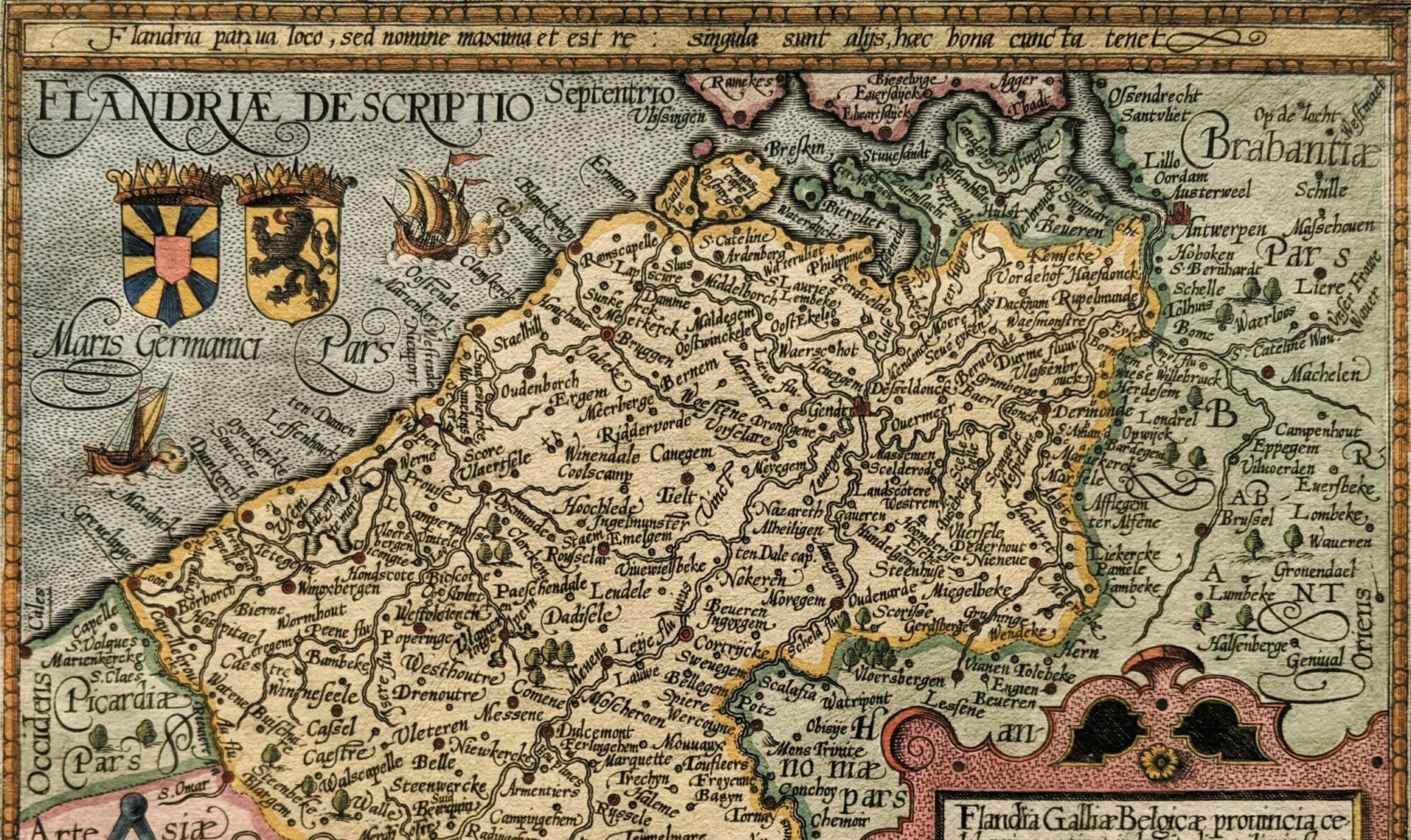Organization: Jan Dumolyn & Linde Nuyts (Ghent University), Jelle Haemers & Minne De Boodt (University of Leuven), Martine Veldhuizen (Utrecht University)
This workshop is the first in a series of three on ‘freedom of speech’ in late medieval and early modern Europe. Drawing together research from several European countries in the period 1300-1700, the series will reveal various perspectives on pre-modern free speech. Although freedom of speech, ‘the right to express beliefs and ideas without unwarranted government restriction’, was by no means a fundamental right in the late middle ages and early modern period, expressions of critical opinions towards power were always possible and often widespread. They could be uttered verbally, through the spoken or written word, but also through other sign systems and media, ranging from the sound of musical instruments to heraldic languages.
The Ghent workshop will study evidence from literary and prescriptive sources describing the ideals of free speech, and political-historical evidence of cases in which men and women wrote down and orally uttered their opinions within the context of medieval and early modern society. In Europe, urban cultures of ‘subversive speech’ existed from the late middle ages onwards. Cities offered contenders public space in which they could utter conflicting opinions in many different ways. Singers travelled through the countryside to spread news. Public poetry, songs, petitions and the like were popular media to confront ruling elites with contentious thought, but so were bells, musical instruments and visual signs. This workshop invites speakers to present their research into such media and the contents of publicly uttered speech. Case studies about the use of both written and oral, as well as visual media, and their interconnectedness, during the fourteenth until the seventeenth centuries are very welcome.
The following questions will be addressed:
- Which media were used by citizens to express their discontent? What determined the choice of a certain medium?
- What kind of messages were spread? Were they subversive or did they legitimize power?
- Were contenders successful in spreading their message? How was the reception and circulation of these messages? How did the urban elite and the authorities react to the utterance of subversive thought?
- In what way was freedom of speech related to the social class and gender of speakers and listeners?
- Can a ‘European’ pattern be distinguished? Do we see a trend in the use of media in periods with fundamental political or religious change (such as the 14th or the 16th centuries)?
